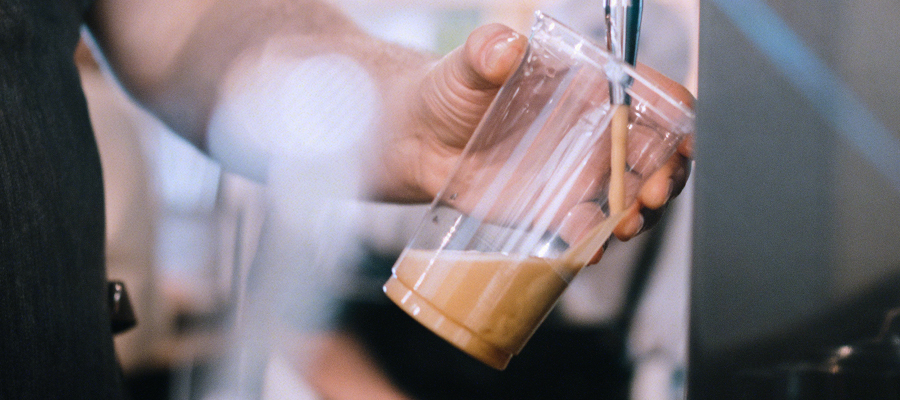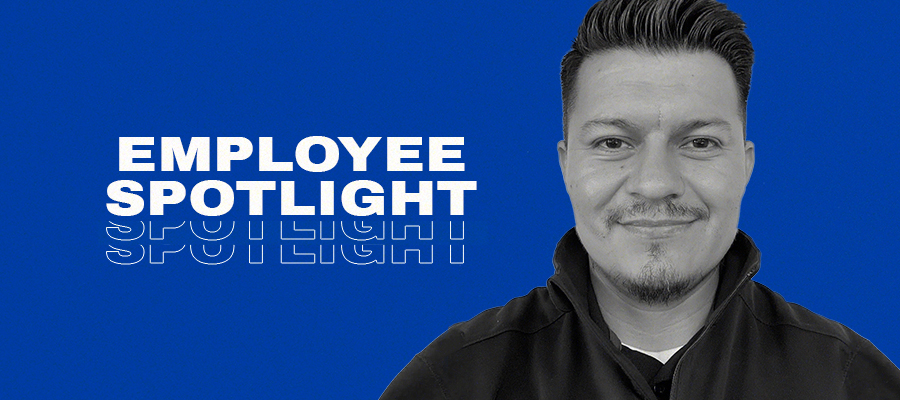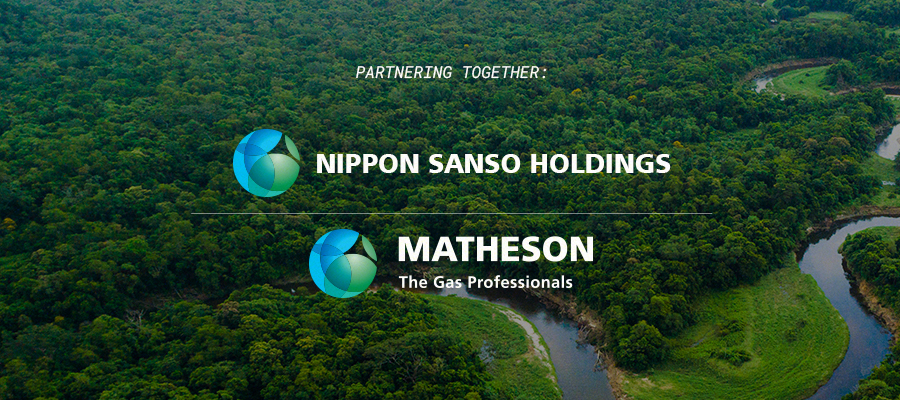
Nitro coffee is ice-cold coffee on tap. It’s treated with nitrogen and/or carbon dioxide under high pressure, then chilled in a keg and served on draught with a foamy top layer.
MATHESON supplies beverage grade nitrogen and complete equipment solutions for Nitro Coffee.
This specific type of coffee is not only rich and creamy, it’s also slightly effervescent due to the tiny bubbles suspended inside the refreshing beverage. Nitro coffee also has a chocolate-like sweetness to it and is less acidic compared to large-batch cold brewed coffee, all without the need for sugar or creamer.
Nitrogen is insoluble in liquid, which is what contributes to the thick mouth feel. This effect is helped by a special piece of tap equipment that forces the coffee through tiny holes before it lands in the glass. That process causes the “rising” effect that is topped with the head. It’s worth noting that really only the bubbles on the sides of the glass are the ones that fall. Inside they are actually rising, as typically seen with many poured carbonated beverages.
MATHESON manufactures and supplies both nitrogen and carbon dioxide in a full range of purity grades and a variety of container sizes and types.
MATHESON also offers configured specialized systems that will deliver premium Nitro Coffee to your customers and help increase sales. We supply and install the entire system including all stainless steel containers, fittings, faucets, food grade fittings, tubing, etc.
We at MATHESON will even provide our exclusive recipe to make your Nitro Coffee a differentiator for your business.


